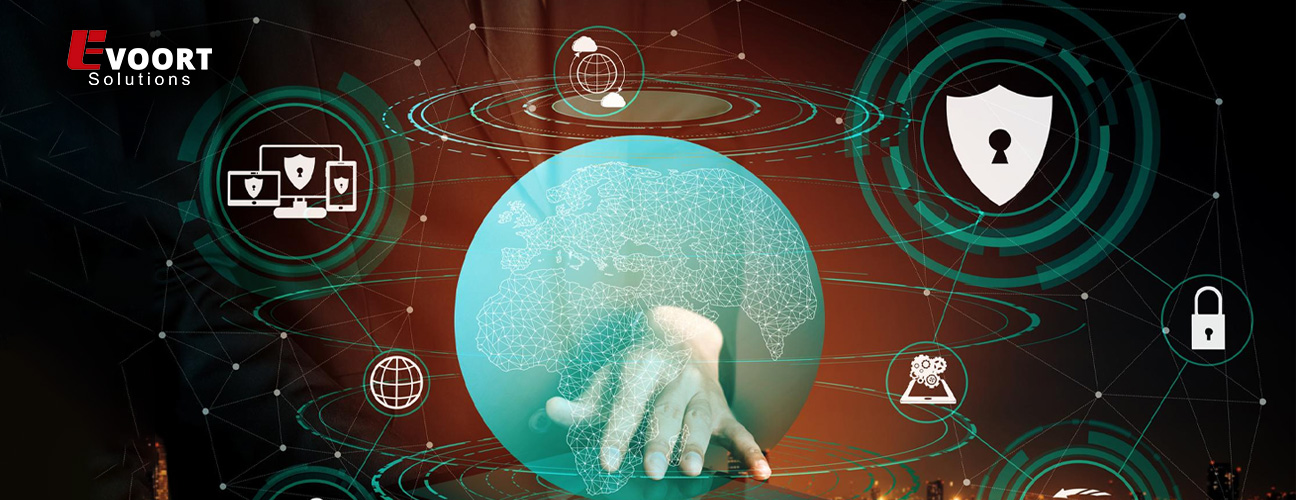
Navigating the 2024 Landscape of Operational Technology and Cybersecurity
Table of Contents
In today's fast-paced technological landscape, the intersection of operational technology (OT) and cybersecurity has never been more crucial. As we step into 2024, it's evident that the integration of these domains continues to reshape industries, fostering innovation while also presenting novel challenges that demand immediate attention. This article delves into the current state of operational technology and cybersecurity, highlighting emerging trends, opportunities, and the pressing need for robust security measures.
Evolution of Operational Technology:
Operational technology, encompassing industrial control systems (ICS) and supervisory control and data acquisition (SCADA) systems, has witnessed a significant evolution. The amalgamation of the Internet of Things (IoT), data analytics, and automation has ushered in a new era characterized by enhanced efficiency, productivity, and connectivity across sectors such as manufacturing, energy, and transportation. However, this convergence has also exposed critical systems to cybersecurity threats previously considered remote.
Escalation of Cybersecurity Concerns:
The convergence of OT and IT networks has created a complex ecosystem necessitating comprehensive cybersecurity strategies. The increasing frequency and sophistication of cyberattacks targeting operational technology have underscored vulnerabilities that were once underestimated. The interconnected nature of modern industries amplifies the repercussions of breaches, underscoring the importance of securing these systems as a top priority.
Trends Shaping 2024:
Integrated Security Solutions: Organizations are embracing holistic security solutions that bridge the gap between IT and OT realms. This convergence not only enhances threat detection capabilities but also enables swift responses to potential breaches.
AI and Machine Learning in OT Security: Artificial intelligence and machine learning are being leveraged to detect anomalies, forecast potential threats, and optimize system performance. These technologies facilitate real-time analysis of vast datasets, empowering organizations to proactively address security incidents.
Zero Trust Architecture: The adoption of the zero-trust model, emphasizing stringent identity verification for every user and device, is gaining momentum in the OT sphere. This approach ensures that access is granted based on verified identity, irrespective of location, thereby fostering a more secure operational environment.
Supply Chain Security: With organizations increasingly reliant on intricate supply chains, securing each link has become paramount. Cyberattacks targeting suppliers can trigger cascading disruptions, underscoring the importance of vetting and securing third-party partners as integral components of a comprehensive cybersecurity strategy.
Challenges and Opportunities:
While the convergence of OT and cybersecurity offers transformative potential, it also presents challenges. Legacy systems often lack the inherent security features of modern solutions, necessitating costly upgrades. Additionally, the shortage of skilled professionals proficient in both OT and cybersecurity poses a significant obstacle.
However, these challenges are accompanied by opportunities. Organizations investing in robust cybersecurity measures can gain a competitive edge by ensuring operational continuity and safeguarding sensitive data. Integrating cutting-edge technologies like blockchain can enhance transparency and data integrity, particularly in industries such as pharmaceuticals and food supply chains.
The Imperative of Collaboration:
Addressing the intricate landscape of OT and cybersecurity necessitates a collaborative approach. Governments, industries, and cybersecurity experts must collaborate to establish standards, guidelines, and best practices that enhance security across sectors. Information sharing, threat intelligence exchange, and joint research initiatives can strengthen collective defences against evolving threats.
Conclusion:
As Evoort Solutions navigate 2024, the fusion of innovation, challenges, and collaborative efforts defines the landscape of operational technology and cybersecurity. Embracing the opportunities arising from the convergence of OT and IT while fortifying defences against cyber threats will be instrumental in shaping the future of industries globally. In this dynamic environment, building a secure digital future relies on resilience, adaptability, and a proactive approach to cybersecurity.
